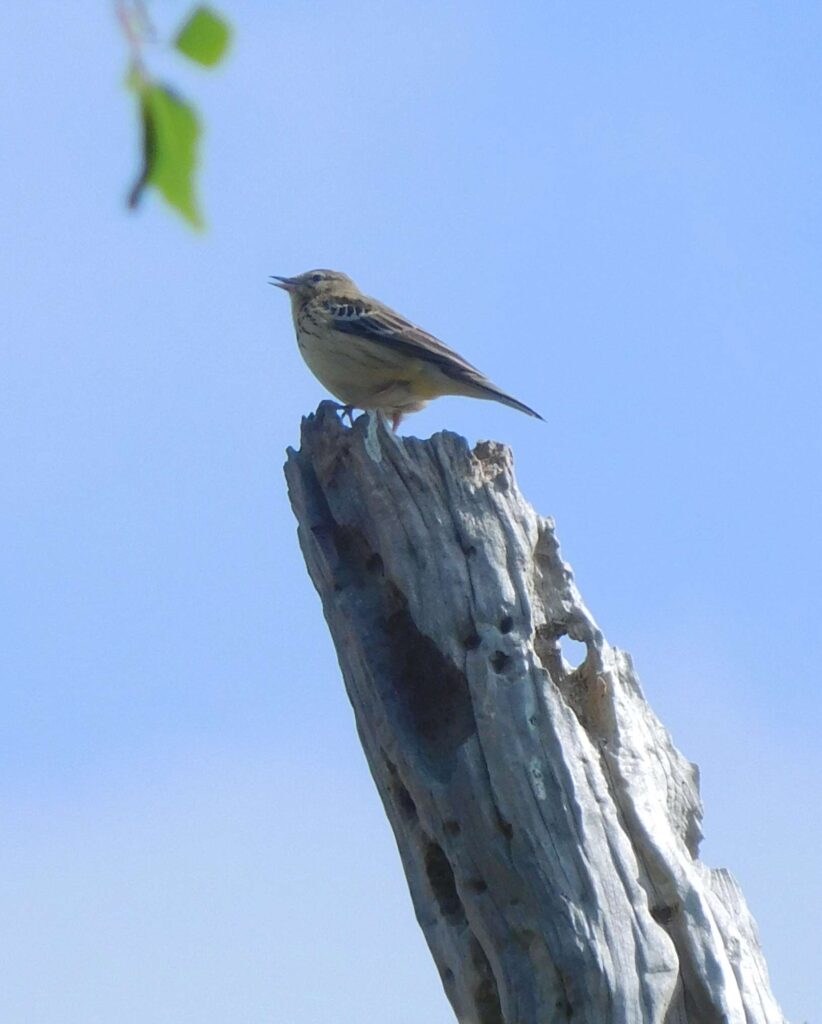
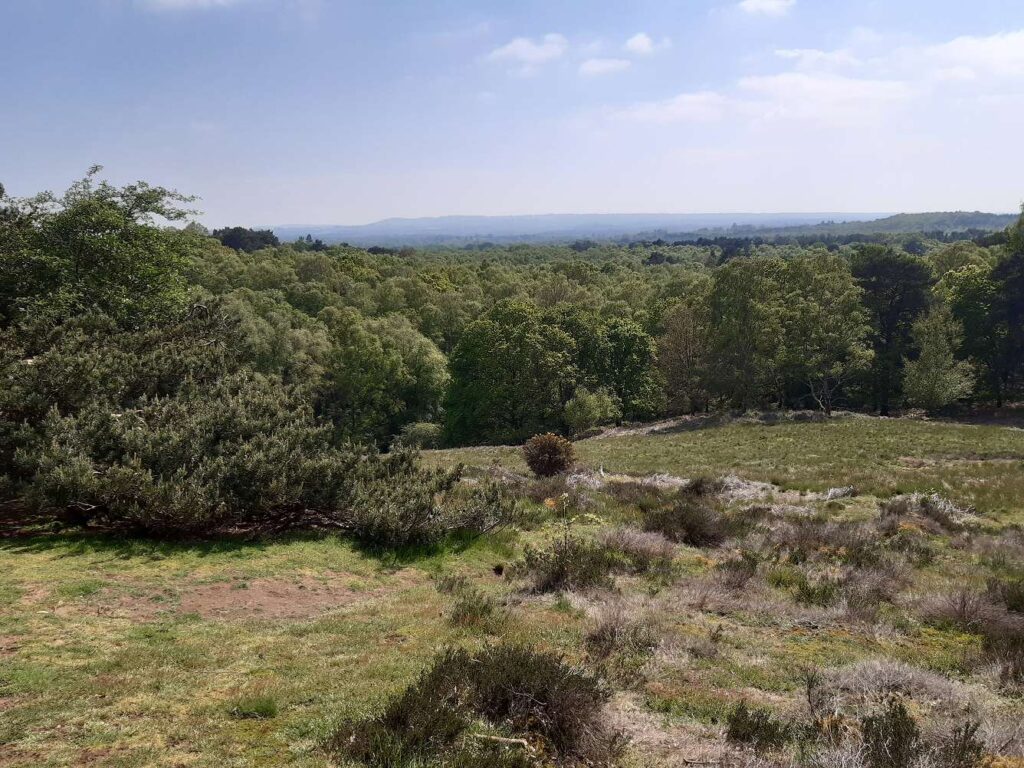
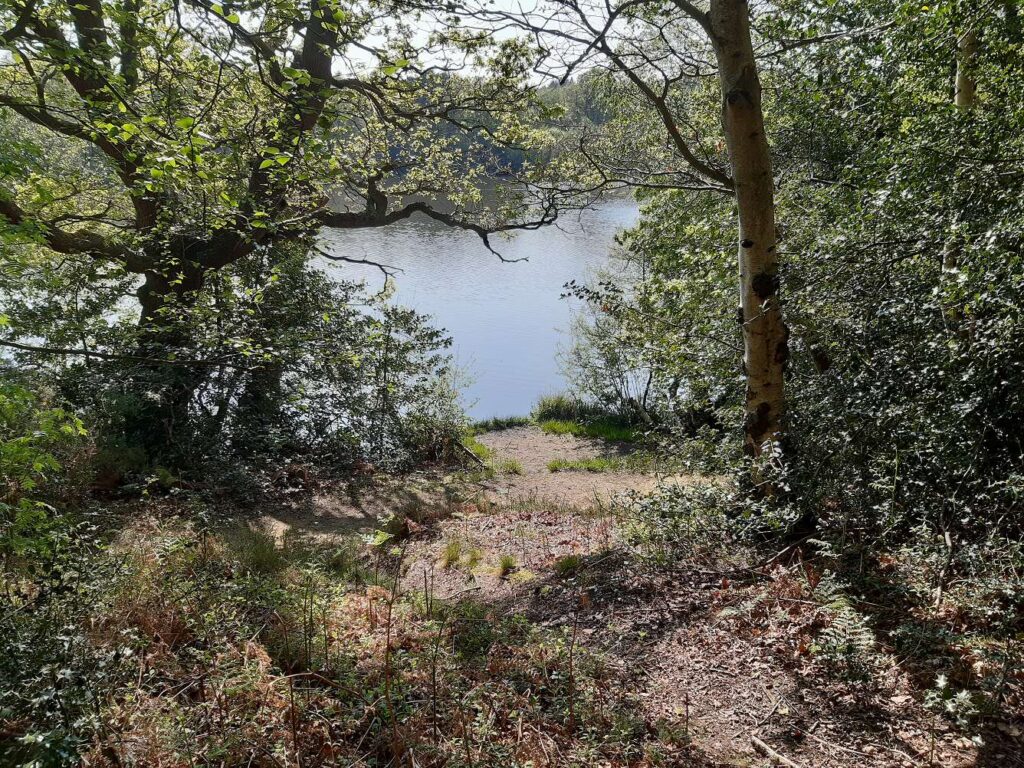
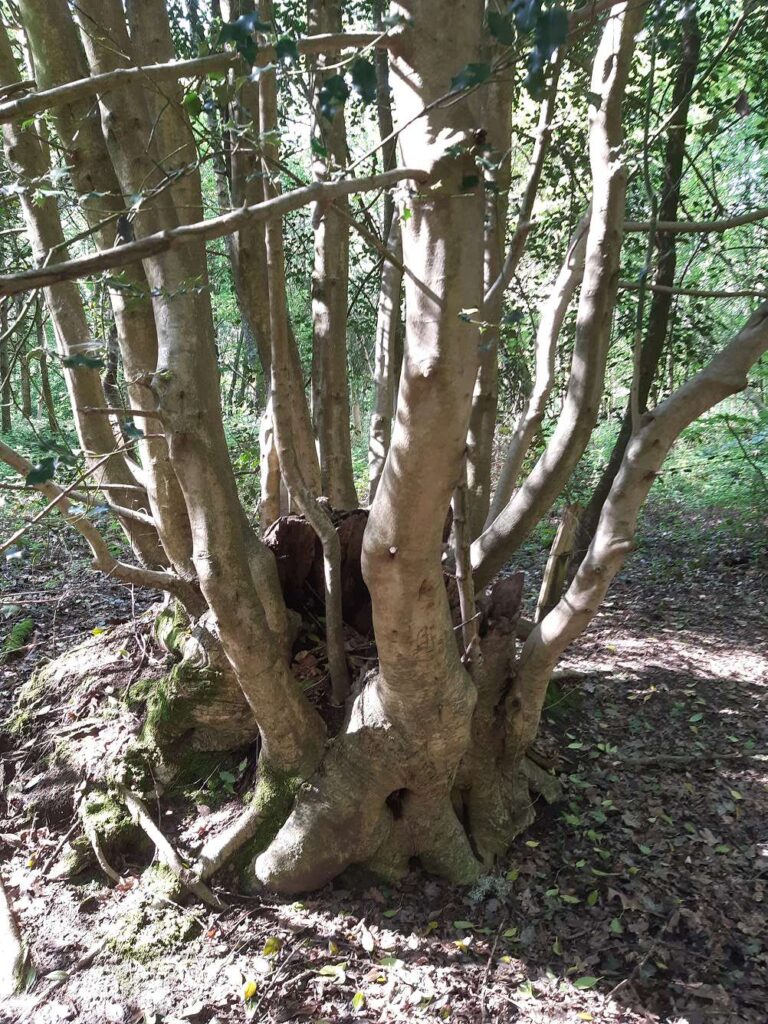
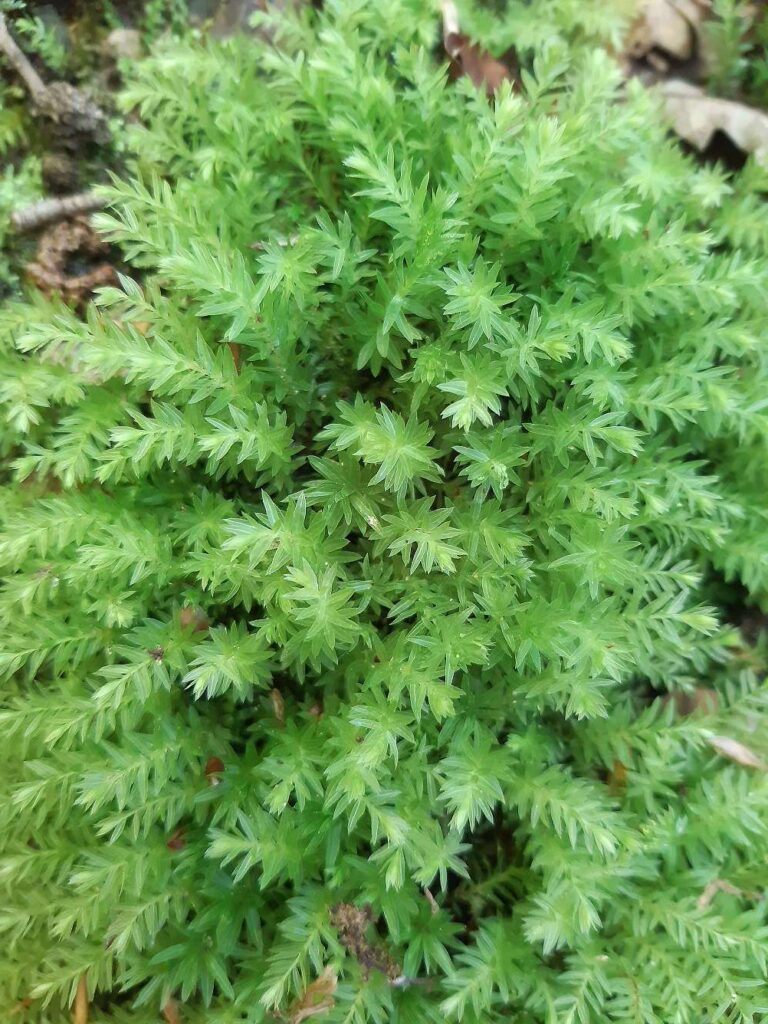
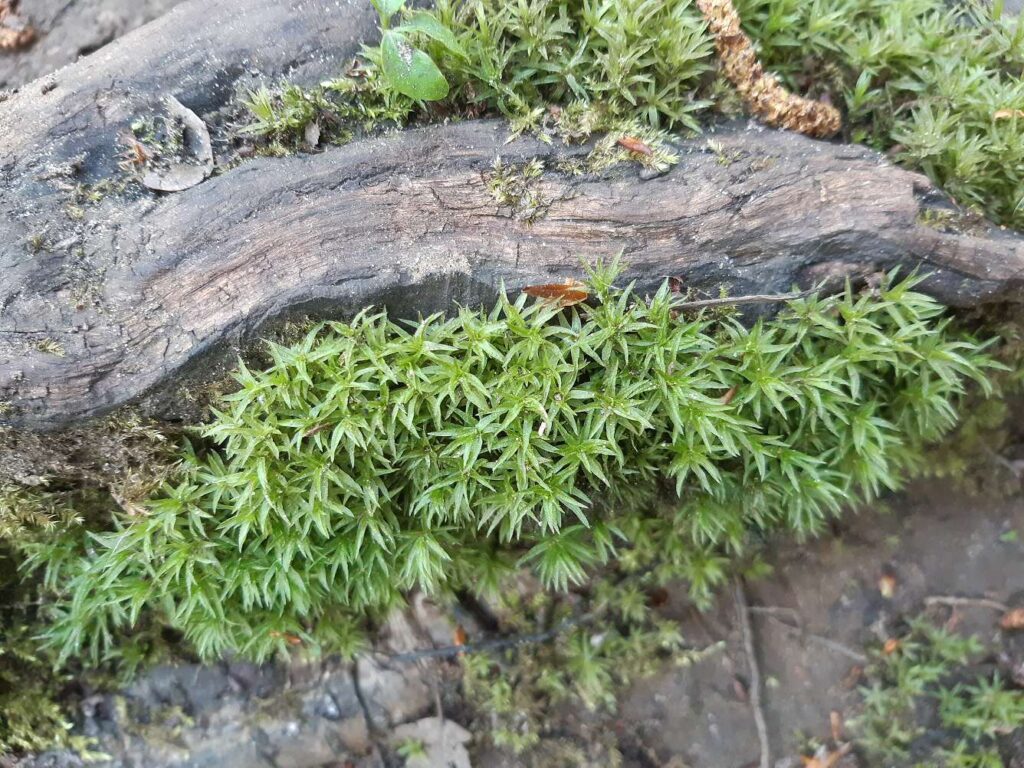






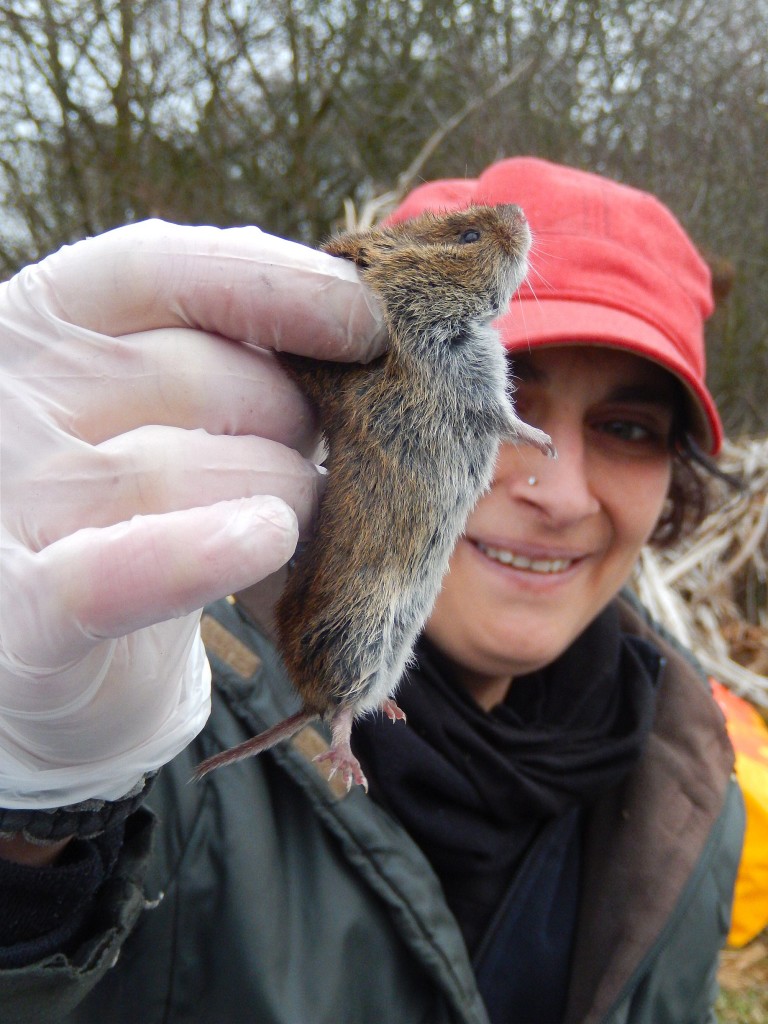
Yes, luck was with the Vole Patrol today. We caught two species of Vole as well as the inevitable Woodmice.
The Field Vole is, as you can see, grey-brown above, and is softly countershaded a la Abbott Thayer (who thought all animals were camouflaged in this way, even flamingoes, but I digress) from top to bottom with no sudden dividing line between dark and light. It’s diurnal and (therefore) has small eyes. And it has a notably short tail, 30% of its head/body length.
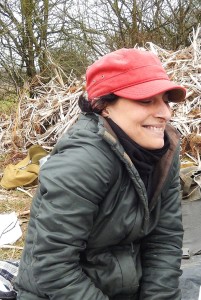
Huma, despite days with almost no sleep, looked and sounded delighted we’d caught this species.
We had turned up in the still-sleeping suburb of Hillingdon before 6am. The journey in was strangely easy on the empty roads, a fox running across in front of me in Acton with a jaunty air.
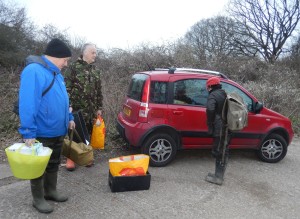
It was at once obvious on arriving that Gutteridge Wood, made a nature reserve by the Greater London Council in its closing days, was something different — an ancient woodland with fine Oaks as “standards” in between coppice stools of Hazel (cut on a regular cycle, so many shoots come up as useful poles from each stump), with Yew and Holly here and there, and English Bluebells and Woodrush as ground cover.
The team found a Bank Vole in one of the Meadow traps. It is a nocturnal mammal, unlike the Field Vole, and accordingly has big eyes (for seeing in the dark). It has a longer tail, 50% of its head/body length (try measuring it!), is appreciably redder than the Field Vole, and is more sharply white below.
While people were out picking up traps in the wood, a Woodcock flew right overhead, just above the bare treetops. Its enormously long beak and plump gamebird body were unmistakable, which was just as well because I haven’t seen one flying for many years now: a fine sight. Greater Spotted Woodpeckers drummed loudly; a Green Woodpecker gave its cheerful loud call. I guess you could easily guess what habitat I was in just from the names of those three species!
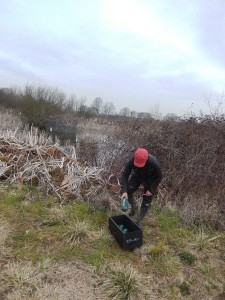
The meadow and pond area was once a sewage works; if you peer closely at the pond in the photograph here, you’ll see behind the Reed Mace a circular brick structure left over from those days. It looks very much part of the waterscape today.
The Vole Patrol puts traps beside water, as here, along meadow edges (as above, for the voles), in a grid in the woods, and a few feet off the ground in the trees, to sample the small mammals in the different habitats on each reserve. Unsurprisingly, but very pleasingly, the ancient woodland of Gutteridge has given us good numbers of Woodmice, Shrews and Voles. It will be a pleasure to come back and listen to the Warblers in April or May, and to enjoy the Bluebell woods in the sunshine.